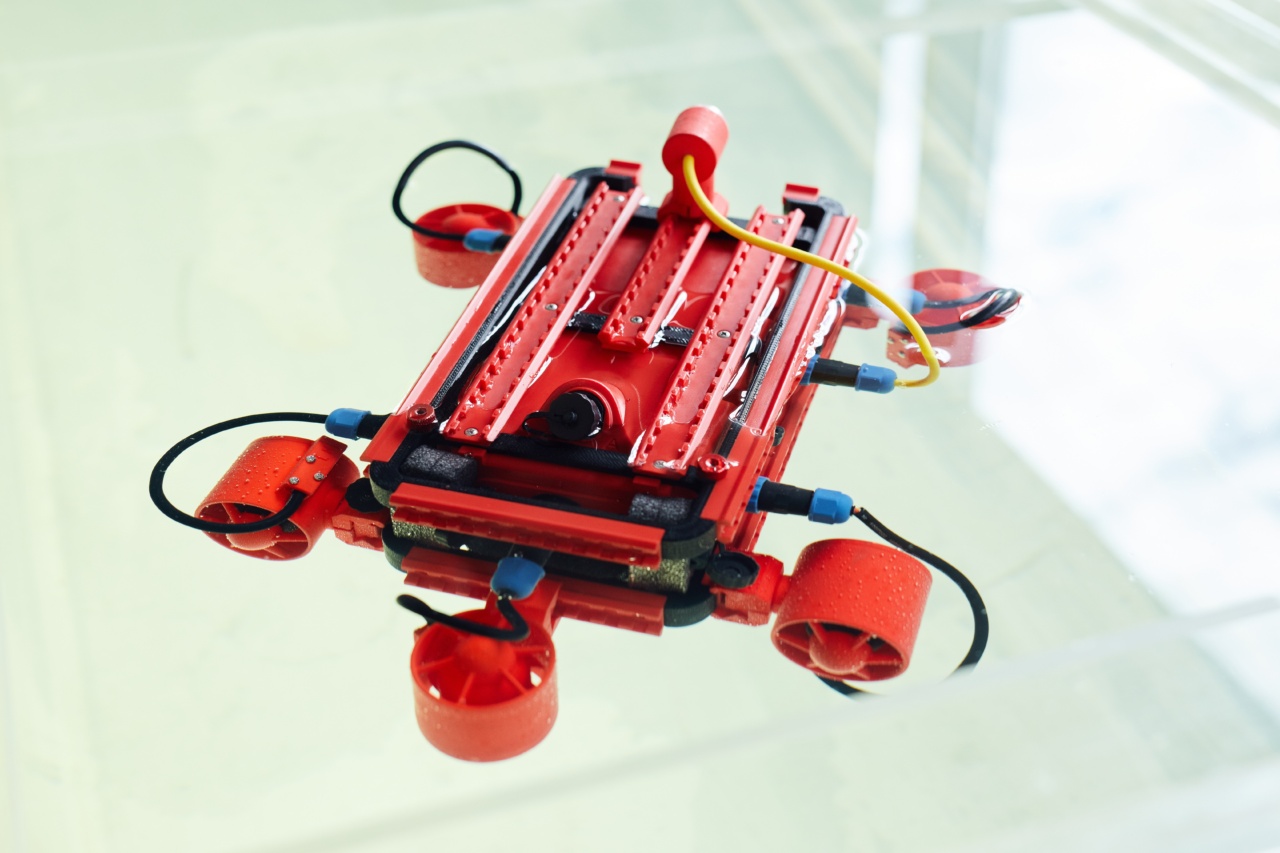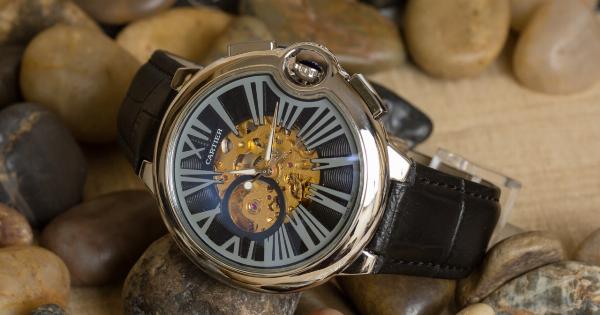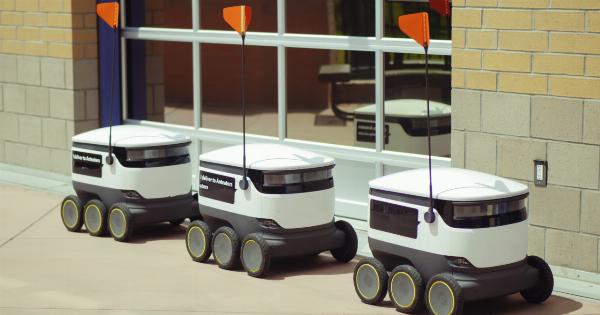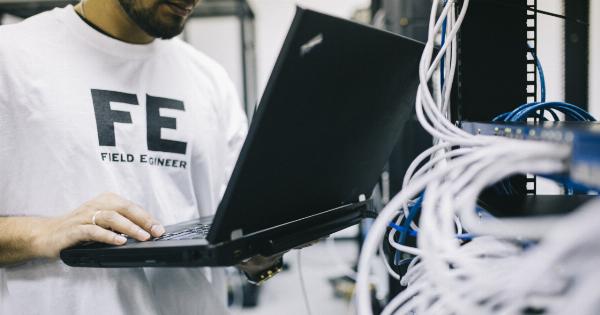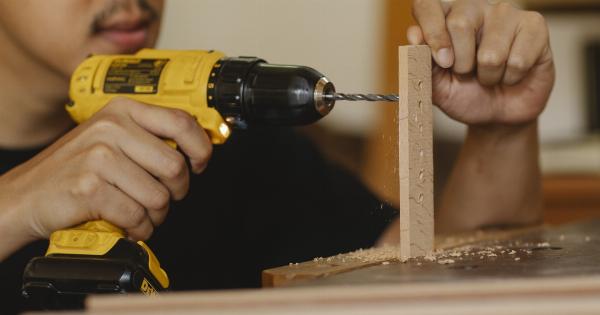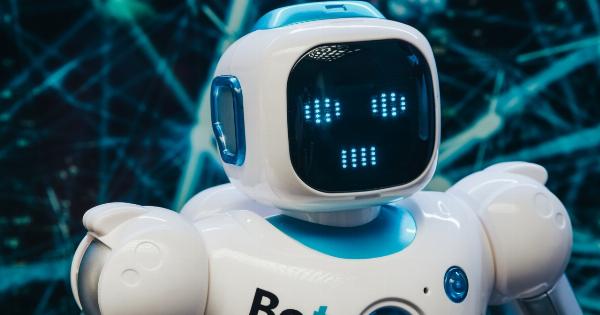GERD, or Gastroesophageal Reflux Disease, is a chronic disease that affects millions of people worldwide. The disease causes acid reflux, heartburn, and other symptoms that can significantly impact the quality of life.
While medications and lifestyle changes can help alleviate symptoms, many people continue to suffer from GERD even after trying multiple treatments.
But now, there is new hope for GERD sufferers in the form of a revolutionary robotic surgery method that brings relief to those who have exhausted all other options.
What is GERD?
GERD is a condition that occurs when the lower esophageal sphincter (LES) fails to close correctly, causing stomach acid and bile to flow back up into the esophagus.
This can cause irritation and inflammation of the esophagus, leading to symptoms such as heartburn, chest pain, and difficulty swallowing.
GERD is a chronic condition, meaning it can last for a long time and can significantly impact the quality of life. Over time, GERD can lead to complications such as esophagitis, strictures, and Barrett’s esophagus, a precancerous condition.
Current Treatments for GERD
There are various treatments available for GERD, including medications, lifestyle modifications, and surgery. The most common medications used to treat GERD are proton pump inhibitors (PPIs), which reduce the amount of acid your stomach produces.
Other medications, such as antacids and H2 blockers, may also be used to alleviate symptoms.
Lifestyle modifications, such as avoiding trigger foods, losing weight, and elevating the head of your bed, can also help manage GERD symptoms. However, these changes may not always be enough to alleviate symptoms for all patients.
For patients who do not respond to medication or lifestyle changes, surgery may be an option.
The most common surgical procedure for GERD is called fundoplication, where the surgeon wraps the upper part of the stomach around the LES to strengthen the muscle and prevent acid reflux.
The Limitations of Current GERD Treatments
While medications and lifestyle changes can be effective for managing GERD symptoms, they do not address the underlying cause of the disease.
Moreover, these treatments may not work for all patients, and some may experience side effects or complications.
Surgery can be an effective treatment for GERD, but it is a major procedure that requires general anesthesia, a lengthy hospital stay, and a significant recovery period.
Moreover, some patients may not be candidates for surgery due to underlying health conditions or the potential risk of complications.
The Advancements in Robotic Surgery for GERD
Robotic surgery is a minimally invasive surgical technique that utilizes small incisions and specialized instruments to perform surgical procedures.
Robotic surgery has been used in various medical specialties, including cardiology, urology, and gynecology, among others.
Recently, robotic surgery has emerged as a new treatment option for GERD. The robotic surgery for GERD utilizes a technique called transoral incisionless fundoplication (TIF).
TIF is a minimally invasive procedure that is performed through the mouth, without any external incisions.
The surgeon inserts a small camera and specialized instruments through the mouth and into the esophagus to create a new valve at the LES to prevent acid reflux. TIF procedure is performed under general anesthesia and usually takes less than an hour to complete.
The Benefits of Robotic Surgery for GERD
Robotic surgery for GERD offers numerous benefits for patients, including:.
Minimally Invasive Procedure
Robotic surgery is a minimally invasive procedure that requires small incisions, leading to less pain, scarring, and a quicker recovery period compared to traditional surgery.
Quick Recovery
TIF has a short recovery time compared to traditional surgery. Most patients are discharged from the hospital on the same day of the procedure and can resume their normal activities within a few days.
Reduced Risk of Complications
Robotic surgery for GERD has a lower risk of complications than traditional surgery, including bleeding, infection, and respiratory problems.
Effective Results
The results of robotic surgery for GERD are impressive.
A study published in the New England Journal of Medicine found that patients who underwent TIF experienced significant symptom relief, with up to 90% of patients reporting improvement in their symptoms after six months.
Who is a Candidate for Robotic Surgery for GERD?
Robotic surgery for GERD may be an option for patients who suffer from chronic GERD symptoms and have not responded to medication or lifestyle changes.
It may also be an option for patients who are not candidates for traditional GERD surgery due to health conditions or the risk of complications.
However, not all GERD patients may be a candidate for robotic surgery. The only way to know if robotic surgery is right for you is by consulting with a surgeon who specializes in TIF.
Risks of Robotic Surgery for GERD
While robotic surgery for GERD is generally safe, like any surgical procedure, there are risks involved. These may include:.
Bleeding
There may be bleeding during or after the procedure. In rare cases, a blood transfusion may be necessary.
Infection
There is a risk of infection with any surgical procedure. The risk of infection is low with TIF, but it can occur, leading to complications.
Difficulty Swallowing and Eating
After the procedure, some patients may experience difficulty swallowing and eating. This typically resolves within a few days, but some patients may require additional treatment.
The Future of Robotic Surgery for GERD
Robotic surgery for GERD is still a relatively new procedure. While the results are promising, more research is needed to determine the long-term efficacy and safety of TIF.
Nonetheless, it is a welcome relief for GERD sufferers who have not responded to medication or lifestyle changes and may wish to avoid traditional surgery options. As the technology continues to evolve, we can expect more advancements in the field of robotic surgery and its role in GERD treatment.
